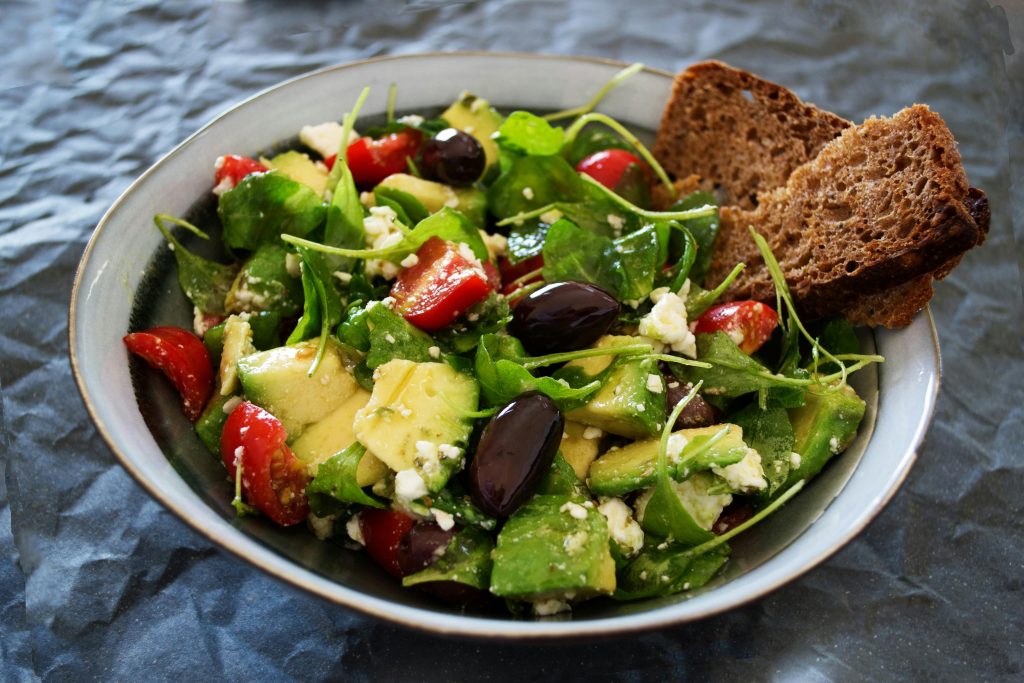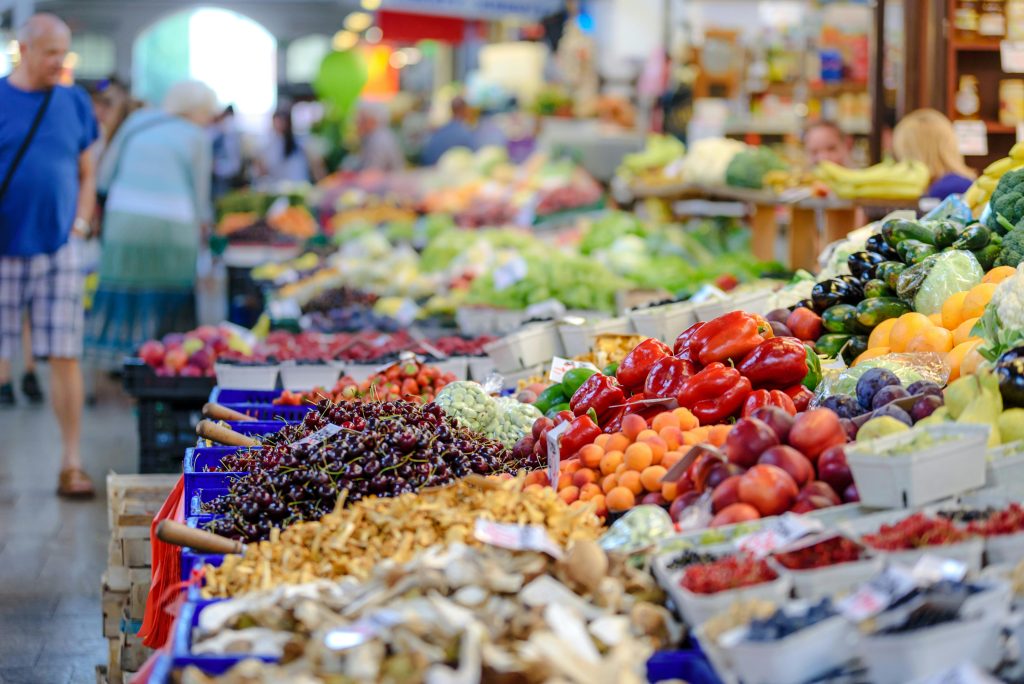The Art and Science of Satiety
Embarking on a weight loss journey often conjures images of relentless hunger and deprivation. The mere thought of drastically reducing food intake can be daunting, leading many to abandon their goals before they even truly begin. But what if I told you that feeling full and satisfied is not only possible while losing weight, but absolutely crucial for long-term success?
As an expert in sustainable weight management, I’m here to tell you that the key lies not in simply eating less, but in strategically choosing what and how you eat. This isn’t about enduring constant hunger pangs; it’s about mastering the art and science of satiety – that wonderful feeling of fullness and satisfaction that signals your body has received adequate nourishment.
Let’s delve into the evidence-based strategies that will empower you to feel full, curb cravings, and achieve your weight loss goals without feeling perpetually deprived.

The Power of Protein: Your Satiety Superstar
Protein is arguably the most satiating macronutrient. It triggers the release of satiety hormones like peptide YY (PYY) and cholecystokinin (CCK) in the gut, which send signals of fullness to the brain. Furthermore, protein takes longer to digest compared to carbohydrates, keeping you feeling satisfied for longer.
Practical Applications:
- Prioritize protein at every meal: Aim for lean sources like chicken breast, fish, eggs, Greek yogurt, tofu, lentils, and beans. Incorporate them into your breakfast, lunch, and dinner.
- Start your day with a protein-rich breakfast: Studies have shown that a protein-packed breakfast can reduce overall calorie intake throughout the day. Think scrambled eggs with vegetables, a Greek yogurt parfait with nuts and seeds, or a protein smoothie.
- Snack smart with protein: Instead of reaching for sugary or processed snacks, opt for hard-boiled eggs, a handful of almonds, a small container of cottage cheese, or jerky.
- Add a strategy of coping with new meals: https://www.bariradka.com/2024/08/15/try-new-healthy-recipes/
Fiber: The Bulk and Satisfaction Booster
Dietary fiber, found in plant-based foods, plays a vital role in promoting satiety. It adds bulk to your meals without adding significant calories, stretching your stomach, and triggering fullness signals. Fiber also slows down digestion, leading to a more gradual release of glucose into the bloodstream, which helps stabilize energy levels and prevent those dreaded energy crashes and subsequent cravings.
Practical Applications:
- Load up on fruits and vegetables: Aim for a variety of colorful fruits and vegetables at every meal and as snacks. Their high fiber and water content contribute significantly to satiety.
- Choose whole grains over refined grains: Opt for brown rice, quinoa, whole-wheat bread, and oats instead of white rice, white bread, and processed cereals. Whole grains retain their fiber content, providing greater satiety.
- Incorporate legumes into your diet: Lentils, beans, and chickpeas are excellent sources of both fiber and protein, making them incredibly filling. Add them to soups, salads, or enjoy them as a side dish.
- Don’t peel your fruits and vegetables (when appropriate): The skin often contains a significant portion of the fiber. Think apples, pears, and potatoes (with clean skins!).

The Hydration Factor: Don’t Underestimate Water
Often, thirst can be mistaken for hunger. Staying adequately hydrated is crucial for overall health and can also play a significant role in managing your appetite. Water helps to fill your stomach, signaling fullness to the brain.
Practical Applications:
- Drink water throughout the day: Aim for at least 8 glasses of water daily.
- Drink a glass of water before meals: This can help you feel fuller faster and potentially reduce your overall food intake.
- Opt for water-rich foods: Incorporate fruits and vegetables with high water content like cucumbers, watermelon, celery, and spinach into your diet.
- Be mindful of sugary drinks: These provide empty calories and don’t contribute to satiety. Choose water, unsweetened tea, or infused water instead.
Healthy Fats: Satiety and Flavor Allies
While often demonized in the past, healthy fats are essential for overall health and can contribute to satiety. They are digested slowly, promoting a feeling of fullness and satisfaction. Moreover, fats add flavor to your meals, making them more enjoyable and sustainable in the long run.
Practical Applications:
- Include sources of monounsaturated and polyunsaturated fats: Think avocados, nuts, seeds, olive oil, and fatty fish like salmon.
- Use healthy oils for cooking and salad dressings: Opt for olive oil, avocado oil, or flaxseed oil.
- Enjoy nuts and seeds in moderation: They are calorie-dense but also packed with fiber, protein, and healthy fats. A small handful can be a satisfying snack.
- Incorporate avocado into your meals: Add slices to salads, sandwiches, or enjoy it mashed on whole-wheat toast.

Mindful Eating: Tuning into Your Body’s Signals
Beyond the macronutrient composition of your food, how you eat is just as important as what you eat. Mindful eating involves paying attention to your body’s hunger and fullness cues, savoring your food, and eating without distractions.
Practical Applications:
- Eat slowly and chew thoroughly: This allows your body time to register fullness signals.
- Eliminate distractions during meals: Turn off the TV, put away your phone, and focus on your food.
- Pay attention to your hunger and fullness cues: Eat when you’re truly hungry and stop when you’re satisfied, not overly full.
- Savor each bite: Appreciate the taste, texture, and aroma of your food.
- Practice gratitude for your meals: This can enhance your enjoyment of food and promote a healthier relationship with eating.
Volume Eating: The Art of Filling Up with Fewer Calories
Volume eating focuses on incorporating foods that are low in calorie density but high in volume. This means you can eat a larger quantity of food while consuming fewer calories, leading to greater satiety.
Practical Applications:
- Prioritize non-starchy vegetables: These are incredibly low in calories and high in fiber and water. Fill half your plate with vegetables at every meal.
- Choose whole fruits over fruit juices: Whole fruits contain fiber, which adds bulk and slows down sugar absorption.
- Incorporate broth-based soups: These are filling due to their high water content and low in calories.
- Use leafy greens as a base for salads: They provide significant volume for very few calories.

Meal Timing and Frequency: Finding What Works for You
While there’s no one-size-fits-all approach, paying attention to meal timing and frequency can influence your satiety levels. Some individuals find that eating regular, balanced meals throughout the day helps to prevent extreme hunger and overeating. Others may find success with intermittent fasting strategies. Each of us has their own strategy of feeling full.
Practical Applications:
- Listen to your body’s hunger cues: Eat when you’re hungry and avoid prolonged periods of restriction that can lead to intense cravings.
- Experiment with different meal frequencies: See if three balanced meals or smaller, more frequent meals work best for your satiety and energy levels.
- Be mindful of late-night eating: This can often lead to consuming more calories than needed and may disrupt your body’s natural hunger-satiety cues.
The Psychological Aspect: Addressing Emotional Eating
Sometimes, our desire to eat isn’t driven by physical hunger but by emotions like stress, boredom, or sadness. Addressing emotional eating is crucial for long-term weight management and achieving genuine satiety.
Practical Applications:
- Identify your emotional eating triggers: Keep a food journal to track when and why you eat when you’re not physically hungry.
- Develop healthy coping mechanisms for stress and emotions: Explore activities like exercise, meditation, spending time in nature, or engaging in hobbies.
- Seek support from a therapist or counselor if emotional eating is a significant challenge.

Consistency is Key: Building Sustainable Habits
Implementing these strategies consistently is essential for long-term success. It’s not about restrictive dieting; it’s about making sustainable lifestyle changes that prioritize nutrient-dense foods and mindful eating habits. Feeling full is your ultimate goal.
Practical Applications:
- Start small and gradually incorporate these strategies into your routine.
- Focus on progress, not perfection. There will be days when you deviate from your plan, and that’s okay. Just get back on track with your next meal or snack.
- Celebrate your successes along the way to stay motivated.
- Seek support from a registered dietitian or nutritionist for personalized guidance and support.
Conclusion: Feeling Full, Losing Weight – A Sustainable Path
Losing weight doesn’t have to be a constant battle against hunger. By understanding the science of satiety and implementing these practical strategies, you can nourish your body, feel full and satisfied, and achieve your weight loss goals in a sustainable and enjoyable way. Remember, it’s about making informed choices that prioritize nutrient-rich foods, mindful eating, and a healthy relationship with food. Embrace the art and science of satiety, and embark on a weight loss journey where feeling good and feeling full go hand in hand.


